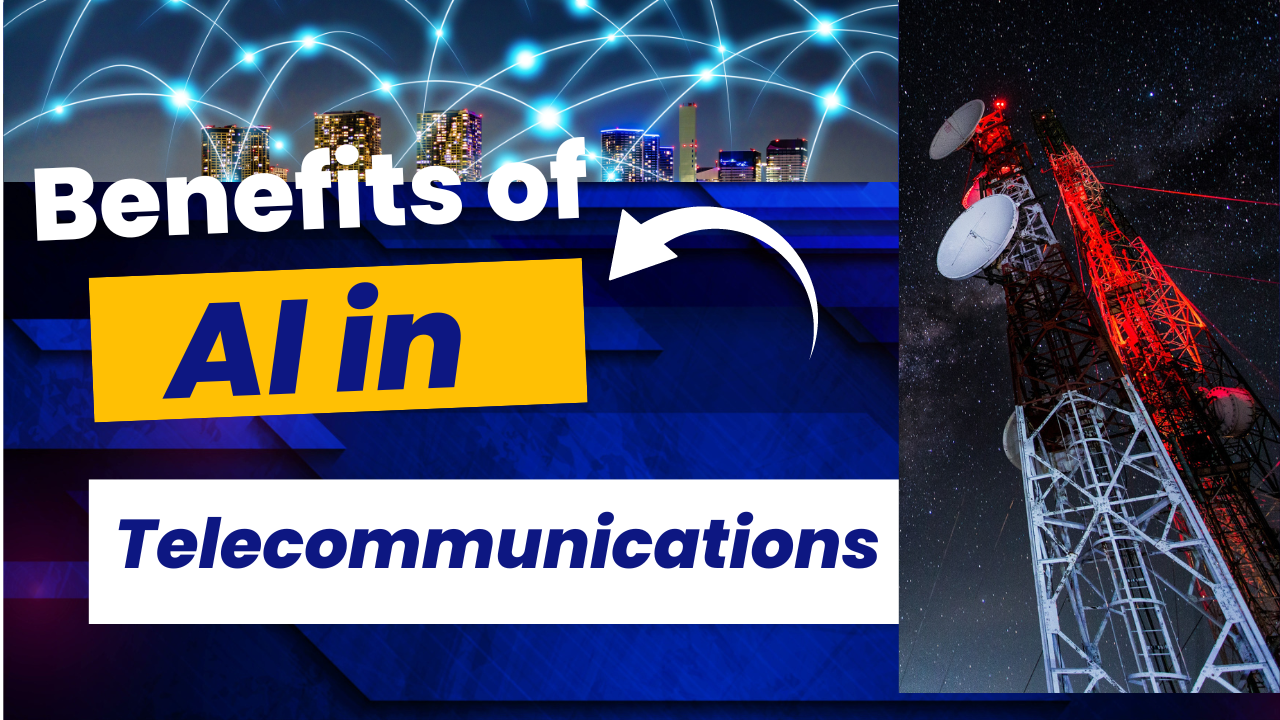
New Delhi: June 25, 2015
As the trend towards connected living and the Internet of Things (IoT) continues to permeate home, work and city solutions, the need to keep tabs on a myriad of connected devices will thrust the global IoT testing and monitoring equipment market into the spotlight. The incorporation of machine-to-machine (M2M) communication central to IoT deployment as well as modules that require less power and bandwidth will bring with it several challenges that turn into a boon for testing and monitoring vendors.
New analysis from Frost & Sullivan, Global Internet of Things Testing and Monitoring Equipment Market , finds that the market earned revenues of $346.9 million in 2014 and estimates this to reach $900.1 million in 2021.
As the escalating number of connected devices adds breadth to the IoT concept, solutions that can proactively monitor, test and zero in on anomalies in the infrastructure will garner a sustained customer base, said Frost & Sullivan Measurement and Instrumentation Research Analyst Rohan Joy Thomas. The incorporation of new testing and wireless standards will broaden testing requirements and further aid development in IoT testing and monitoring equipment.
Educating end users on the importance of interoperability and the requirement for specialised testing equipment is vital for market success. Currently, the lack of end-user awareness on the need for proactive solutions stalls the large-scale use of IoT testing and monitoring equipment. End-user inability to identify the most appropriate solution from a plethora of identical systems too limits adoption.
High capital expenditure associated with procuring equipment coupled with inadequate standardisation around IoT adds to the challenge. Such concerns over high investment costs and standardisation should abate as IoT matures in the years ahead.
Industry vendors must fill the gaps in their product portfolio in order to facilitate an open testing environment and lay the foundation for long-term growth, concluded Thomas. To that end, building partnerships with or acquiring participants from other industry niches will help solution providers extend their horizons in the global IoT testing and monitoring equipment market.







